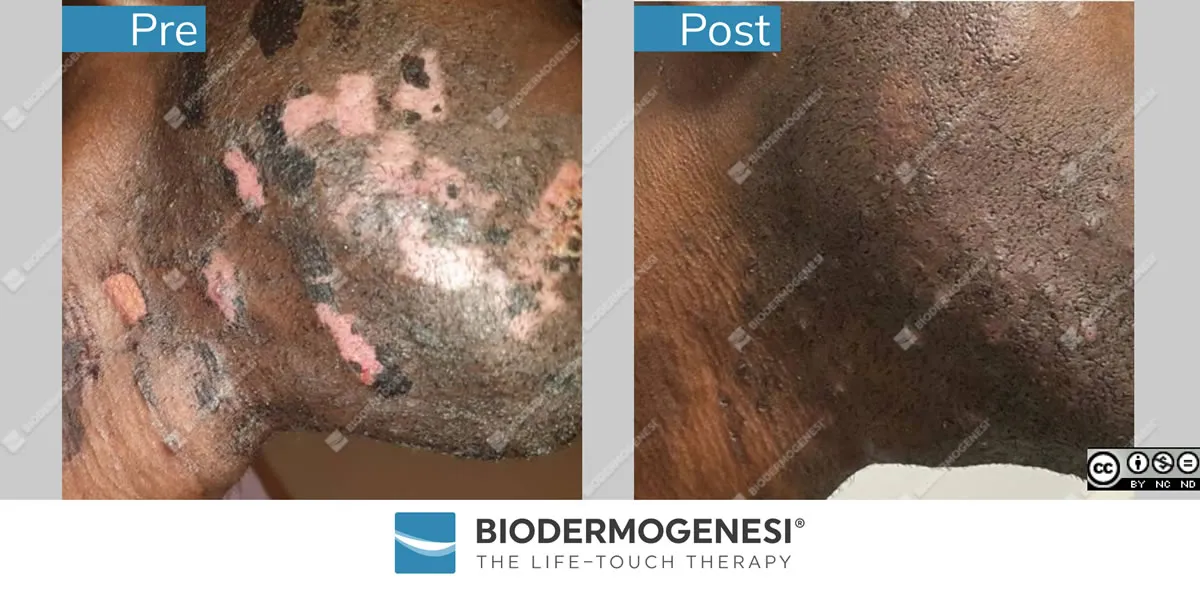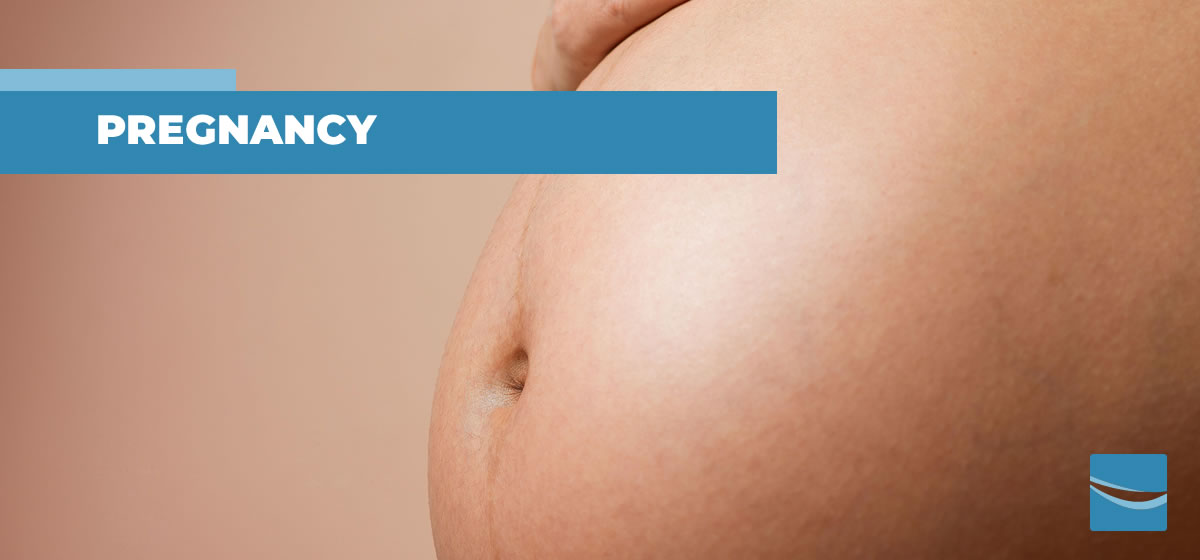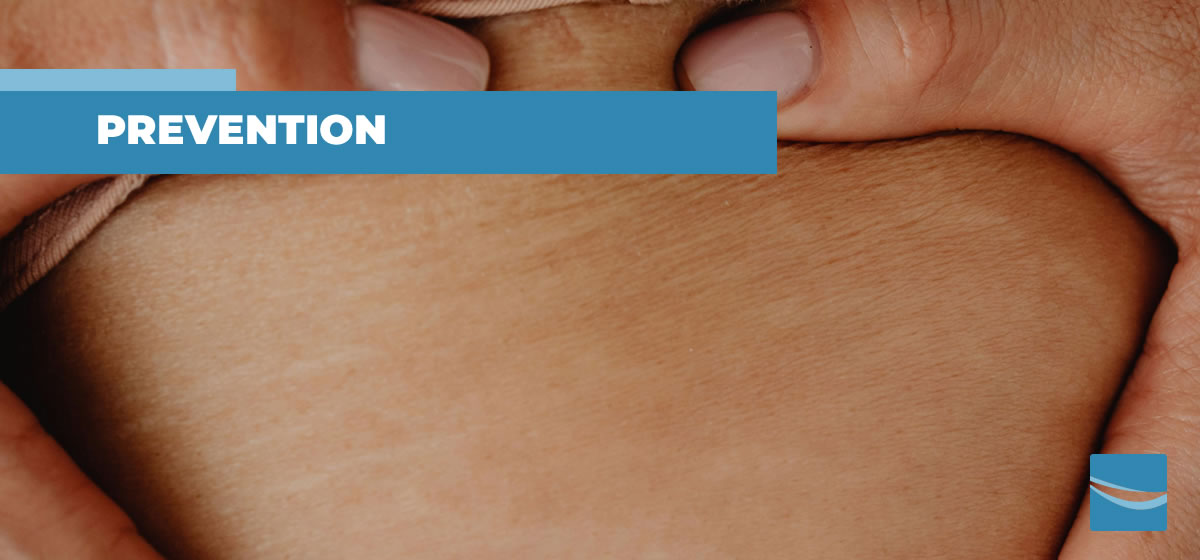Burn scars caused by pulsed light: what to do?
Sometimes pulsed light therapy, otherwise called IPL, can cause burn scars: is there a remedy?
Pulsed light or IPL is a therapy adopted in different fields, ranging from epilation to anti-aging and acne scars. This therapy rarely causes side effects, but when they occur they can be very annoying.
Among these, the greatest discomfort is given by the risk of burns (01) that can cause important reactions on our skin, ranging from hypo-pigmentation, which is manifested with white plaques on the surface of the skin, to hyper-pigmentation that occurs in an inverse way, with darker areas than the normal color of the skin.
These patches can be found on legs and/or body in case of epilation, drawing rectangles of a different, generally lighter color compared to the surrounding healthy skin, classifiable as burns with hypo-pigmentation.
They may also appear on the face as a result of anti-aging or acne scars and, also in this case, they can form the typical lighter or darker rectangles compared to the surrounding skin tissue; in severe cases, there is an alternation of both light and dark areas.
The treatment of such lesions has always been difficult, since we are talking about real skin burns that often create a permanent damage, causing a significant discomfort for the patients, especially those who have suffered injuries on the face, limiting their relational life and lowering their self-esteem (02, 03).
For these patients, the Biodermogenesi® method is now available, which is a therapy that offers concrete prospects of healing burn scars, as demonstrated by a specific study conducted by the Chair of Plastic Surgery at the University of Pavia (04).
In addition to the experience of the University of Pavia, it is also interesting the total resolution obtained on a patient whose face had been entirely disfigured by alternating hypo-pigmented and hyper-pigmented areas (05).

With a cycle of eight sessions, performed one per week, Biodermogenesi® has managed to regenerate the burned tissue and bring the skin back to a substantial color’s uniformity, making the patient’s face look healthy and normal from the coloring’s point of view.
The patient claimed to be desperate because his face had been disfigured by a simple aesthetic medicine treatment; now he is extremely satisfied with having fixed the cosmetic damage and having recovered a normal social life.
References:
- Anita Gade, Gabriella F. Vasile, Marc H. Hohman, Richard Rubenstein. Intense Pulsed Light (IPL) Therapy. In: StatPearls [Internet]. Treasure Island (FL): StatPearls Publishing; 2025 Jan. 2024 Mar 1. PMID: 35593833 Bookshelf ID: NBK580525
- Tebble NJ, Adams R, Thomas DW, et al. Anxiety and selfconsciousness in patients with facial lacerations one week and six months later. Br J Oral Maxillofac Surg 2006;44:520–5
- Natalia Ziolkowski, Simon C Kitto, Dahn Jeong, Jennifer Zuccaro, Thomasin Adams-Webber, Anna Miroshnychenko, Joel S Fish. Psychosocial and quality of life impact of scars in the surgical, traumatic and burn populations: a scoping review protocol. BMJ Open 2019;9:e021289
- Nicoletti G, Perugini P, Bellino S, et al. Scar Remodeling with the Association of Monopolar Capacitive Radiofrequency, Electric Stimulation, and Negative Pressure. Photomed Laser Surg 2017; 35(5):246-258
- Veronese S, Aggarwal R, Giovanelli T, Sbarbati A. Hyper- and Hypopigmentation in a Subject with Fitzpatrick Skin Phototype VI: A New Treatment Option. J.Clin.Med.2024, 13,1036. https://doi.org/10.3390/ jcm13041036



